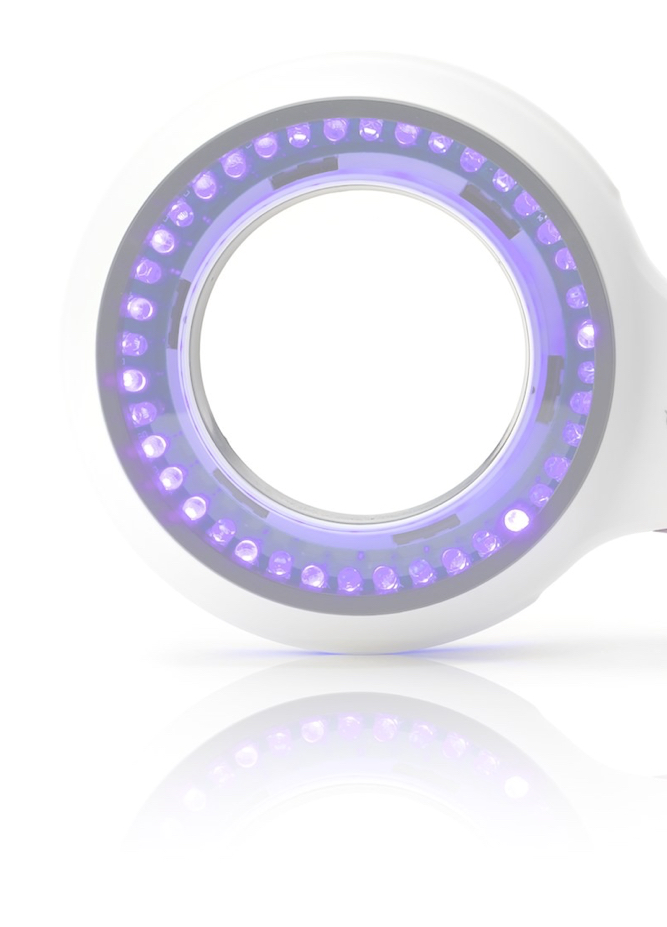Superficial Radiation Therapy (SRT) – for Treatment of Skin Cancers
Gaughf Dermatology is the first dermatologist within the surrounding counties to offer this technology for the treatment of skin cancers. SRT using the Sensus SRT-100 Treatment System is specifically designed to treat non-melanoma skin cancers. Unlike other more powerful radiation devices traditionally used to treat skin cancers, SRT is designed to only treat 5mm below the surface of your skin. It preserves the surrounding healthy tissue while effectively treating the malignant skin cancer cells using image guidance to ensure accuracy and effectiveness of treatment. Radiation treats skin cancer by altering the DNA in abnormal cells. This prevents cancerous cells from reproducing and eventually destroys malignant skin cancer cells.
In other words, Superficial Radiation Therapy is a proven non-surgical choice that goes no deeper than the skin. SRT is especially useful in areas that do not heal readily, such as the scalp and legs. Due to the fact that SRT causes virtually no scarring, it is a great choice for places of cosmetic concern, such as the face, ears, neck and chest.
 The Sensus SRT 100 treatment has several advantages over the surgical procedures for non-melanoma skin cancers. These include:
The Sensus SRT 100 treatment has several advantages over the surgical procedures for non-melanoma skin cancers. These include:
- Safe and Effective
- Same results as surgery with no pain
- Very short treatment sessions
- Virtually painless/ no cutting
- Minimal to no scarring/ no stitches
- No anesthesia required
- Faster healing process
- No post-procedure reconstructive surgery required
- High cure rates
- Virtually no post surgery infection risk
No down time- keep up with your busy lifestyle of tennis, golf and even swimming!
Superficial Radiation Therapy (SRT) – for Treatment of Keloids
Keloids when removed have a 50% chance of recurrence, but when combined with SRT, the risk is decreased to 10% chance of recurrence. Superficial radiation therapy uses a low energy form of radiation to treat at the level of the skin. It is effective in the treatment of keloids because the radiation keeps the tissue from growing while not affecting the underlying tissues. The keloid is excised, then our certified radiation therapist treats the area which takes about 30 seconds. Then the radiation is repeated the following day and then again in one week.
SURGERY
Dr. Gaughf excises certain skin cancers and then they are immediately read under the microscope by board certified pathologists at Candler Hospital. She works closely with them, marking the tissue and the pathologist gives the positive or negative result of the tissue with respect to the marked margin.
Actinic Keratosis
These are precancerous small, rough areas usually found on areas of the skin that have been exposed to the sun over time. They may be slightly discolored or may be the same color as the skin and may have a scaly surface. They are often easier to feel than to see. Untreated, these may develop into Squamous cell carcinoma.
What We Do:
We employ a variety of therapies for pre-cancers, or actinic keratoses, including:
- Photodynamic Therapy/Blue Light/Blue-U
- Topicals – Imiquimod, 5FU, Solaraze®, Picato®,
- Cyrosurgery – Freezing the lesions



